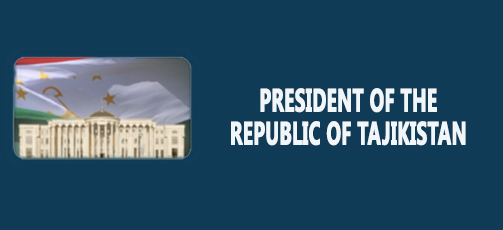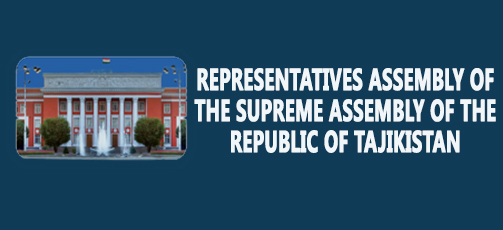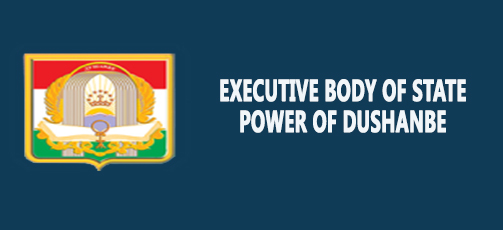Tajikistan Deemed Safe and Growing in Popularity for Adventure Tourism
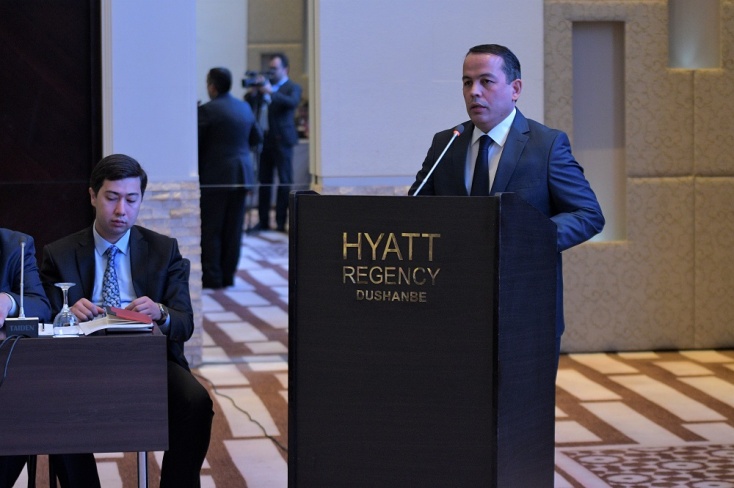
DUSHANBE, 16.10.2019 (NIAT Khovar) – The Chairman of the Committee for Tourism Development under the government of Tajikistan Numon Abdughafforzoda, head of the Rural Economy Development Project at the World Bank Andrea Dall’Olio and Senior Private Sector Specialist at IFC Tarik Sahovic opened today’s workshop on tourism development in Tajikistan.
The goal of the workshop was to present the findings of a World Bank supported survey of tour operators aimed at understanding their view on Tajikistan’s tourism development. The survey aimed to analyze the constraints and opportunities in developing the country’s tourism supply and demand. This analytical work is meant to complement data on tourism, which is mainly quantitative with qualitative information to show a more complete picture of the sector.
The survey helped to design activities related to tourism under the World Bank financed Rural Economy Development Project, which aims to increase economic opportunities in bordering districts with Afghanistan in Khatlon region and Gorno-Badakhshan Autonomous Oblast.
According to the survey, Tajikistan is becoming increasingly popular for tourists from Europe, North America, China and Australia, but it can certainly do more to respond to the demand, which is steadily increasing.
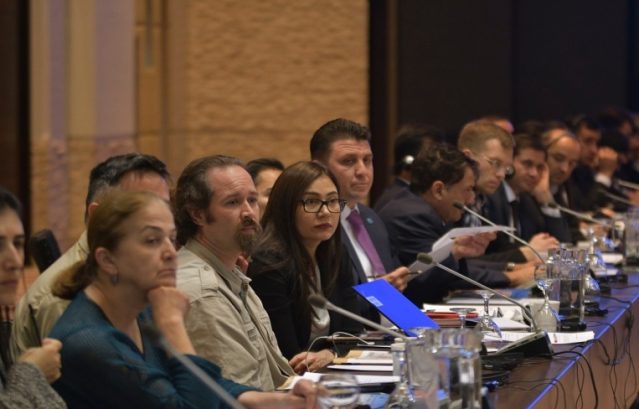 The survey shows that the demand is increasing largely due to growing knowledge and information about Tajikistan and the Central Asia region in general. Almost 50% of local tour operators and almost 90% of international operators are of the opinion that Tajikistan has not yet reached its full tourism potential. However, Tajikistan can do more to attract more tourists and to extract more benefits from those who are currently visiting the country. On average a visitor spends between $800 and $1200 for a 6-12 day stay, which is significantly below the global average..According to UNWTO adventure tourists spend an average of $3000 on an 8 day-trip. Tajikistan is known as a safe destination to visit despite its proximity to Afghanistan, according to the surveyed tour operators.
The survey shows that the demand is increasing largely due to growing knowledge and information about Tajikistan and the Central Asia region in general. Almost 50% of local tour operators and almost 90% of international operators are of the opinion that Tajikistan has not yet reached its full tourism potential. However, Tajikistan can do more to attract more tourists and to extract more benefits from those who are currently visiting the country. On average a visitor spends between $800 and $1200 for a 6-12 day stay, which is significantly below the global average..According to UNWTO adventure tourists spend an average of $3000 on an 8 day-trip. Tajikistan is known as a safe destination to visit despite its proximity to Afghanistan, according to the surveyed tour operators.
The survey identifies a number of areas, which can be looked at to attract more tourists and to increase tourism spending. Improvements in air connectivity into and within Tajikistan, preservation and upgrading of tourism sites, simplification of the regulatory environment, improvement of the facilities for homestays (electricity, water and sewage), and upgrading the skills in the tourism sector are among the areas pointed out by tour operators, which could help Tajikistan reach its full tourism potential.
The survey covered the nationwide Tajikistan experience, but gave particular focus to the two regions targeted by the Rural Economy Development Project, — Khatlon and GBAO.










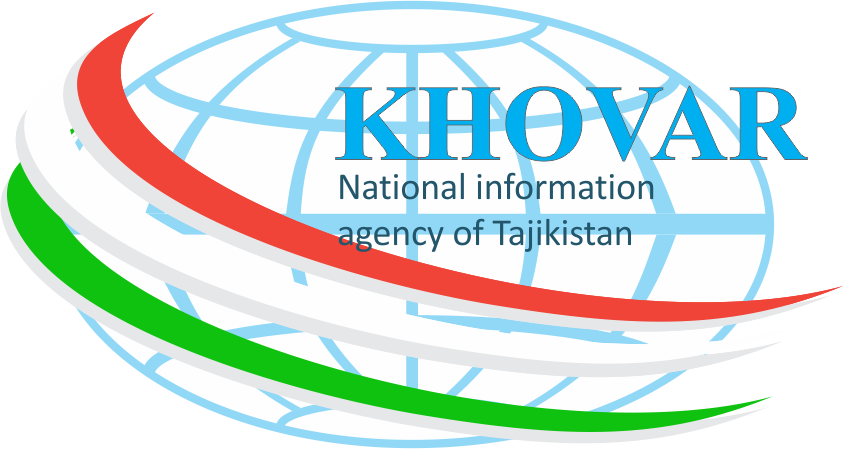
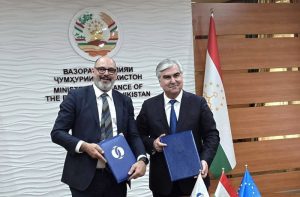 Tajikistan, EBRD sign loan and grant agreements for energy loss reduction project
Tajikistan, EBRD sign loan and grant agreements for energy loss reduction project Tajikistan to Welcome Global Investors at “Dushanbe Invest-2025” Forum
Tajikistan to Welcome Global Investors at “Dushanbe Invest-2025” Forum Dushanbe to Host Free “City Tour” on World Tourism Day
Dushanbe to Host Free “City Tour” on World Tourism Day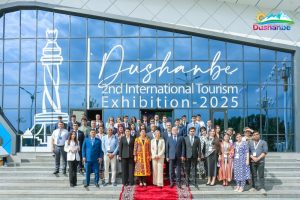 DITE-2025: Dushanbe Emerging as a New International Tourism Hub
DITE-2025: Dushanbe Emerging as a New International Tourism Hub Dushanbe to Host Annual Tourism Exhibition
Dushanbe to Host Annual Tourism Exhibition Over 200 Companies Participate in DITE-2025
Over 200 Companies Participate in DITE-2025 DITE-2025 Kicks Off at the Dushanbe Expo International Center
DITE-2025 Kicks Off at the Dushanbe Expo International Center Tajikistan’s Transport Minister Highlights Importance of Joint Projects in Seoul
Tajikistan’s Transport Minister Highlights Importance of Joint Projects in Seoul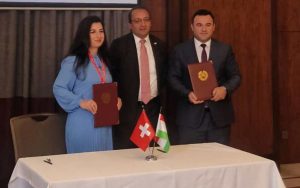 Tajik–Swiss Business Forum Held in Dushanbe
Tajik–Swiss Business Forum Held in Dushanbe Direct Air Connectivity Established Between Xi’an and Dushanbe
Direct Air Connectivity Established Between Xi’an and Dushanbe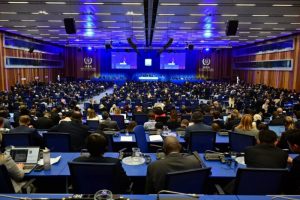 Tajik Delegation Participates in 69th IAEA General Conference
Tajik Delegation Participates in 69th IAEA General Conference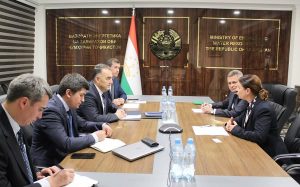 Swiss Cooperation Office Ready to Develop New Initiatives in Tajikistan
Swiss Cooperation Office Ready to Develop New Initiatives in Tajikistan









